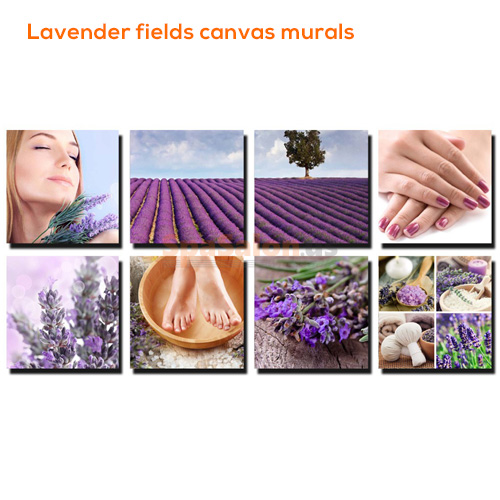Over the years, lavender has been used for multiple reasons and situations. Visually, it’s a deep purple plant that looks so simple, but it offers a lot. The most common uses of lavender is as an aromatherapy. Many Spas and Salons use the fragrance to increase the relaxation of the customer in the pedicure spa bath as a scrub or in lotions.
Inhaling the lavender scent produces a calming effect, increases a person’s quality of sleep at night, and provides a sense of peace by acting as an anti-stress, anti-anxiety, and anti-depressant form of relief. This can also be achieved by hanging the flowers around in different locations, sitting in vases, used in distilling potpourri containers, boiling the flowers in water, or having dried buds and flowers in sachets or holders placed in strategic areas.

As an oil that’s been extracted from the buds, it can be used to externally treat insect bites, minor burns, joint pain, muscle aches, headaches, acne, as an anti-septic, and anti-inflammatory. To use, just rub the oil on the affected areas directly. The oils have also been added to cosmetics such as perfumes, bath products, shampoos, lotions, etc.
After receiving a relaxing massage, most salons will offer you a cup of hot tea that has been flavored /infused with lavender to continue with the body’s current calming sensation from the massage. Not only is lavender used in teas when it comes to food, people have baked using lavender flowers as an ingredient, or as decorations on cakes and pastries.
Maybe it’s worth giving lavender a try after a long day of work or if you find yourself in a stressful situation. Research how to make a homemade “dream pillow” as it’s commonly called, where dried lavender plants are placed in a pillow case or in a night time eye mask to help relieve the effects of a long day.